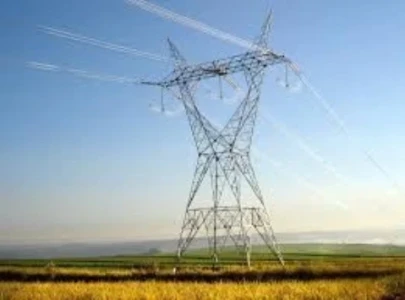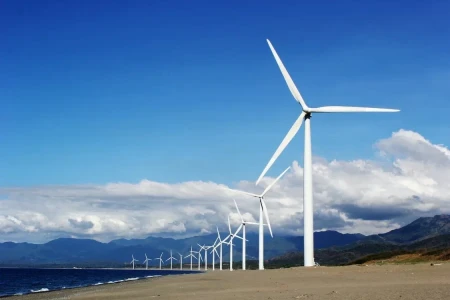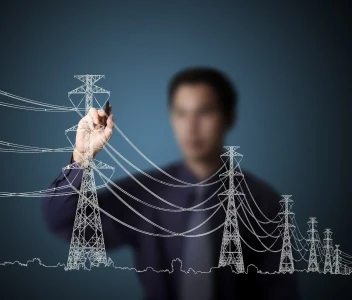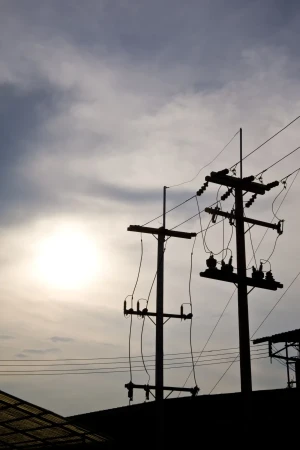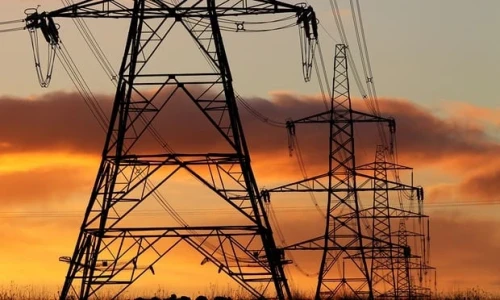Clean Energy Stakeholders Push to Preserve IRA Tax Credits

As the U.S. energy landscape shifts towards cleaner, renewable sources, stakeholders in the solar, storage, and broader clean energy sectors are intensifying their lobbying efforts in Washington, D.C., aiming to secure the future of critical tax incentives introduced under the Inflation Reduction Act (IRA). These tax credits have been crucial to the growth of the clean energy sector, supporting a surge in renewable energy investments, manufacturing, and jobs across the nation. With the future of these incentives potentially at risk, industry leaders are making their voices heard on Capitol Hill, advocating for the preservation of these vital provisions that are fueling America's clean energy transformation.
In late January 2025, over 2,000 clean energy advocates, business leaders, and industry representatives descended on Capitol Hill for an annual event hosted by the Solar Energy Industries Association (SEIA). Their mission was clear: convince lawmakers to maintain the renewable energy tax credits and ensure that the incentives laid out under the IRA remain intact as Congress begins discussions on the 2025 budget. The event, part of a growing movement to ensure that the U.S. remains a global leader in renewable energy, showcased a diverse coalition of companies and organizations, ranging from solar developers to storage technology manufacturers, all united in their call to protect the economic and environmental gains brought about by the IRA.
The IRA's Role in Driving Clean Energy Growth
The Inflation Reduction Act, signed into law in 2022, has been widely credited with catalyzing the expansion of clean energy industries in the U.S. The Act provided long-term, predictable tax credits for renewable energy projects, such as solar, wind, and storage, which spurred massive investments in these sectors. The IRA has been especially transformative for solar energy, which has seen its costs drop dramatically as incentives have supported domestic manufacturing. According to SEIA President Abigail Ross Hopper, the IRA has created a surge in U.S. solar panel production, making the country more self-reliant in meeting its energy needs.
One of the key components of the IRA is the investment tax credit (ITC), which offers a percentage-based incentive for qualifying solar and storage projects. The ITC has been a significant driver for the growth of solar power installations across the nation. In addition to the ITC, the IRA also introduced production tax credits (PTC) aimed at bolstering clean energy manufacturing in the U.S. These provisions have proven vital not just for encouraging new projects, but for boosting domestic supply chains and supporting job creation in both the construction and manufacturing sectors.
Reports indicate that the U.S. solar industry alone has added over 280,000 jobs since the IRA was enacted, and more jobs are expected to follow as clean energy investment continues to grow. This has been especially noticeable in regions of the country that have not traditionally been centers for renewable energy development, including many areas in conservative-leaning states, where a significant portion of federal clean energy funds have been deployed.
Congressional Scrutiny and the Fight to Maintain Support
Despite the undeniable success of the IRA’s provisions, the clean energy sector now faces a challenge. As lawmakers debate the upcoming federal budget for fiscal year 2025, there is concern that some in Congress may seek to roll back these critical tax credits, citing the need for fiscal discipline and deficit reduction. While many see the benefits of clean energy as a long-term economic driver, others question the size of government spending allocated to renewable energy subsidies.
This potential shift in political winds has prompted a powerful lobbying effort from clean energy groups. The message they are delivering is simple: rolling back these tax credits would have devastating consequences not only for the energy transition but for the economic recovery in regions that have benefited from renewable energy investments. The SEIA and other industry advocates argue that these credits are essential for sustaining the momentum built under the IRA. They stress that the incentives have enabled U.S. solar manufacturers to meet growing demand, supported millions of clean energy jobs, and helped reduce energy costs across the country.
Hopper emphasized that the expansion of solar manufacturing in the U.S. is a direct result of the IRA's tax credits, allowing companies to produce the necessary materials to meet the rising demand for solar panels, batteries, and other renewable technologies. If these incentives are allowed to expire or be reduced, it could slow down this progress, potentially resulting in higher costs, slower adoption of renewable energy, and a loss of the domestic manufacturing advantage that has been achieved in recent years.
Economic and Job Growth in Republican Districts
An important factor in the ongoing debate is the role of clean energy in creating jobs in politically conservative districts. Recent data has shown that a majority of the funds from federal clean energy incentives have flowed into Republican-led districts. These regions, many of which were once reliant on traditional fossil fuel industries, have seen significant job growth in the renewable energy sector. In many cases, local economies have been bolstered by investments in solar projects and energy storage systems.
By continuing the tax credits, the clean energy sector can continue to provide these communities with new economic opportunities while helping the U.S. transition away from fossil fuels. This is a message that resonates with many Republican lawmakers who are facing pressure to support clean energy incentives for the sake of their local economies.
Looking Ahead: The Need for Continued Federal Support
As the clean energy industry looks to the future, it is clear that federal support through programs like the IRA will be essential to maintaining the pace of progress in solar, storage, and other renewable technologies. With significant job creation, reduced energy costs, and environmental benefits at stake, industry leaders are urging Congress to continue its support of these crucial tax credits.
The upcoming budget negotiations in 2025 will likely be a defining moment for the future of clean energy policy in the U.S. Industry stakeholders are making it clear that preserving the IRA’s provisions is not only vital for the continued growth of clean energy but also for maintaining America’s leadership in global renewable energy markets.
The clean energy sector’s lobbying efforts on Capitol Hill underscore the growing importance of sustained federal support to drive innovation, job creation, and environmental sustainability. By ensuring the continued availability of tax credits and incentives, Congress can help build a stronger, more resilient, and cleaner energy future for the nation.



